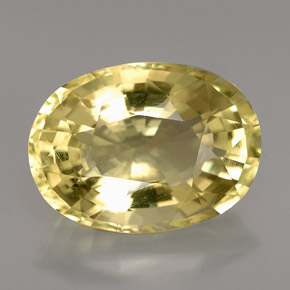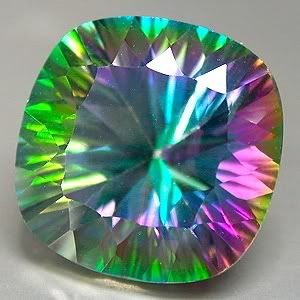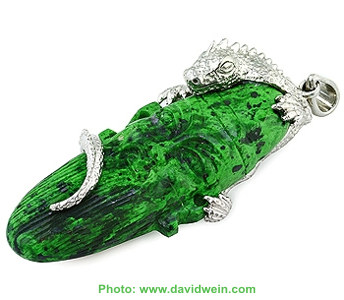Rhodolite Garnet
When most people hear the name Garnet they think red. But Garnets are more then just a cheap red gemstone. Garnets can come in a wide variety of colors and some can be quite valuable. This guide is a comprehensive look at many different kinds of Garnets and their individual properties.
Rhodolite is a varietal name for rose-pink to red mineral pyrope, a species in the garnet group. It is found in Cowee Valley, Macon County, North Carolina. Rhodolite comes from the Greek word “rhodon” for “rose-like”.
Rhodolite tends to be lighter in color than most other kinds of red garnet. It can sometimes be confused with ruby because of the similarity in color. The mixture of red and violet in rhodolite is very attractive.By the colouration, and the commonly inclusion-free nature of garnet from this locality, has led to rhodolite being used as a semi-precious gemstone.
The composition of rhodolite is situated between almandite (almandine) and pyrope. Although each stone varies slightly, the mixture is roughly about 55 percent pyrope and 37 percent almandite, along with other elements.









